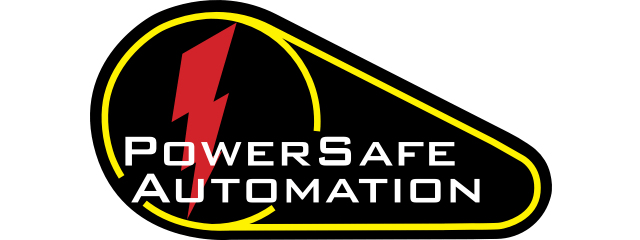FAQ
How Do You Choose the Right Machine Safety Guarding for My Specific Needs?
Choosing the right machine safety guarding requires a tailored approach based on your machine type, operational risks, and regulatory requirements. A one-size-fits-all solution rarely provides adequate protection or compliance. To select the most effective guarding, consider these key steps:
1. Conduct a Machine Risk Assessment
Evaluate each machine’s potential hazards—such as pinch points, moving parts, or stored energy—to determine required safeguards based on severity, exposure, and frequency.
2. Review Compliance Standards
Ensure your guarding meets OSHA 1910 Subpart O and relevant ANSI standards (e.g., B11.19, B11.0), which outline performance, installation, and design requirements.
3. Define Operational Needs
Consider how operators interact with the machine during production, maintenance, and cleaning. Guarding must provide protection without hindering productivity or visibility.
4. Select the Right Guarding Type
Choose from options like:
-
Fixed guards for permanent, low-access hazards
-
Interlocked guards that shut down the machine when opened
-
Adjustable or movable guards for changeover-heavy processes
-
Electronic safety devices like light curtains and laser scanners for high-speed, open-access operations
5. Prioritize Integration and Customization
For complex or legacy equipment, bespoke guarding may be necessary to ensure a perfect fit and proper function alongside safety sensors or emergency stops.
Partnering with a machine safety expert ensures your guarding is not only compliant but also optimized for safety, uptime, and operational flow.

